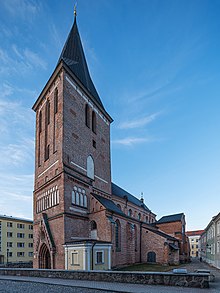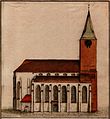
Tartu is the second largest city in Estonia after Tallinn. Tartu has a population of 97,435. It is 186 kilometres southeast of Tallinn and 245 kilometres northeast of Riga, Latvia. Tartu lies on the Emajõgi river, which connects the two largest lakes in Estonia, Lake Võrtsjärv and Lake Peipus. From the 13th century until the end of the 19th century, Tartu was known in most of the world by variants of its historical name Dorpat.

Otepää is a town in Valga County, southern Estonia. It is the administrative centre of Otepää Parish. Otepää is a popular skiing resort, popularly known as the "winter capital" of Estonia. During the 2005–2006 season it became the site for FIS Cross-Country World Cup events. Otepää is located the highest of the Estonian cities, up to 152 meters above sea level.

The Catholic Church in Estonia is the national branch of the worldwide Catholic Church, under the spiritual leadership of the Pope in Rome.

Raasiku is a borough in Raasiku Parish, Harju County, Estonia, with a population of 1,372 (2020). Although situated in a parish with the same name, Raasiku is not the official administrative centre of the municipality. The settlement started to grow in the 19th century around the railway station. The Raasiku manor was established on the grounds of the earlier Kaemla (Keamol) village and in the middle ages it belonged to Padise Abbey.

Otto Wilhelm Masing was a clergyman, writer, journalist, linguist, notable early Estophile and a major advocate of Estonian commoners' rights, especially regarding education.

Nõo is a small borough in Tartu County, in southern Estonia. It's located about 15 km southwest of the city of Tartu by the Tartu–Valga–Riga railway and the European route E264. Nõo is the administrative centre of Nõo Parish. As of the 2011 census, the settlement's population was 1,492.

Tartu Cathedral, earlier also known as Dorpat Cathedral, is a former Catholic church in Tartu (Dorpat), Estonia. The building is now an imposing ruin overlooking the lower town. In the small part of it that has been renovated is now located the museum of the University of Tartu, which the university also uses for major receptions.
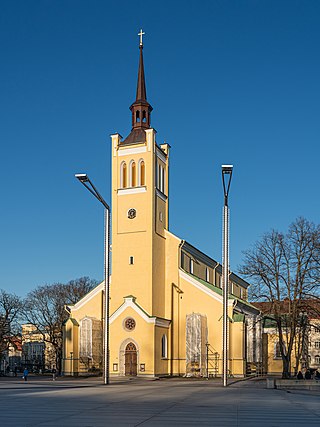
St. John's Church is a large Lutheran parish church in Tallinn, Estonia. It is dedicated to Saint John the Evangelist, a disciple of Jesus Christ and author of the fourth Christian Gospel. Construction began in 1862, and the church was opened in 1867.
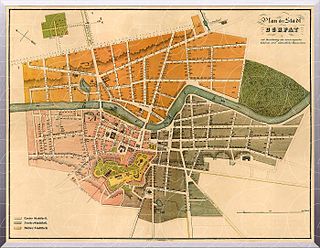
The Great fire of Tartu took place on 6 July [O.S. 25 June] 1775 and destroyed most of the city of Tartu in what is now Estonia. The fire destroyed the centre of the city.
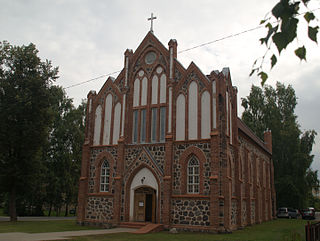
The Holy Spirit Church is the name given to a religious building belonging to the Catholic Church and located on 8th Street Malev, Valga in Estonia. The church has been classified as cultural and heritage monument, so it is protected.

The Immaculate Conception Church also known as the Catholic church in Tartu and more formally "Church of the Immaculate Conception of the Blessed Virgin Mary" is the name given to a religious building belonging to the Catholic Church, located in the city of Tartu, the second largest in Estonia.
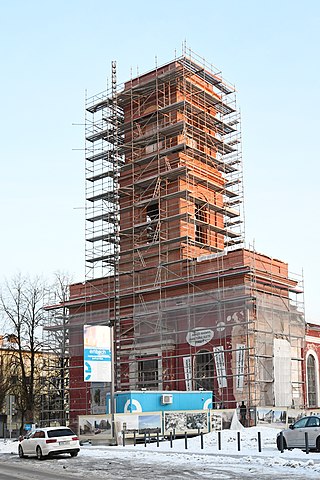
St Mary's Church is a 19th century church of the Estonian Evangelical Lutheran Church located in Tartu, Estonia.
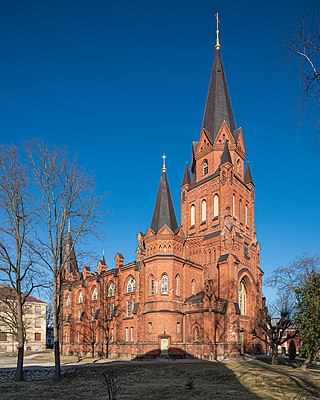
St Peter's Church is a 19th-century church of the Estonian Evangelical Lutheran Church located in Tartu, Estonia.

St Paul's Church is a 20th-century church of the Estonian Evangelical Lutheran Church located in Tartu, Estonia.
Estonian Methodist Church is a Methodist church organisation in Estonia. Until 1 July 2023, when it severed its ties to the United Methodist Church, it belonged regionally to the Northern Europe and Eurasia Central Conference of the United Methodist Church and to the United Methodist Church Nordic and Baltic Episcopal Area. On the world level it is a member of the World Methodist Council.
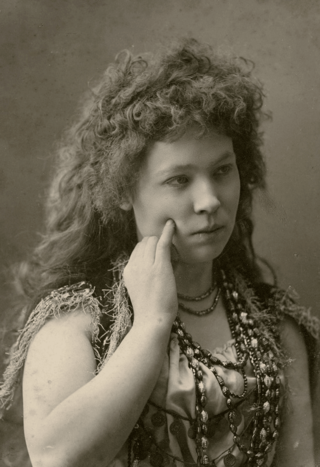
Amalie Konsa, was an Estonian stage actress and singer usually based in Tartu. She was known as the "grandmother of the Estonian theatre"
Harald Tammur was an Estonian Lutheran clergyman.
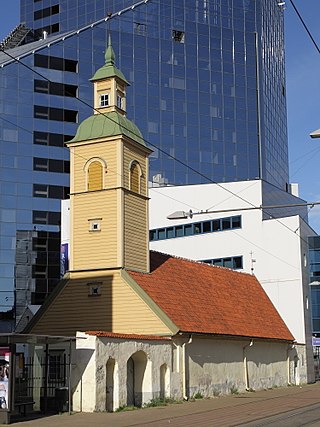
Church of St. John's almshouse is a wooden church in Tallinn, Estonia. Since 1999 the building is designated as "architectural monument".

The Tartu Credit Center Massacre was the mass murder of 19 people in the basement of the former Credit Center in Tartu on 14 January 1919.
